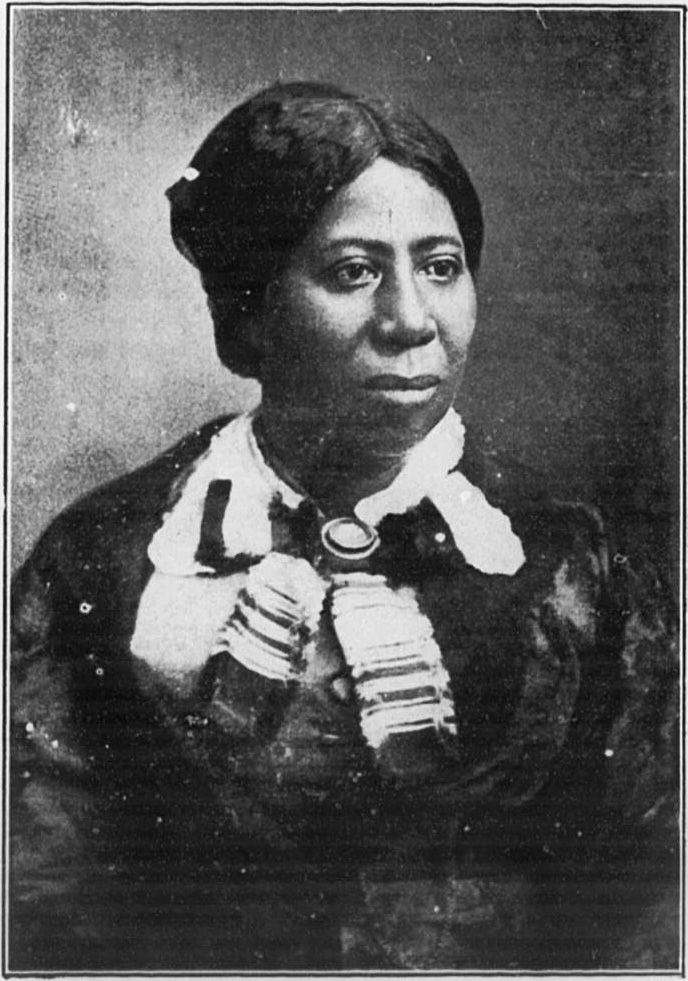The first wife of Frederick Douglass assisted in his freedom from slavery
Douglass made an initial fruitless attempt to flee from Freeland, who had hired him from his owner. Douglass fell in love with Anna Murray, a free-living black lady in Baltimore, around 1837. She was roughly five years his senior. They came up together with a scheme, and on a night in 1838, Douglass boarded a train headed north while dressed in a sailor's clothing that Anna had bought, carrying documents from a sailor acquaintance and money from her savings. His confidence in his potential to reach freedom was strengthened by her liberation. Murray gave him advice, helped him out financially, and supported his endeavors.
Douglass successfully eluded capture on September 3, 1838, by boarding a train headed for the Philadelphia, Wilmington, and Baltimore Railroad. Then, young Douglass landed at Harford County, Maryland's Havre de Grace, which is located in the northeastern part of the state along the Susquehanna River's western bank and empties into the Chesapeake Bay. Douglass sailed through the Susquehanna River before continuing to Wilmington, a significant port at the entrance of Delaware Bay, beyond the state border. He then steamed further northeast along the Delaware River to the Philadelphia city of Quaker since the train was still under construction. He carried on to the New York City home of renowned abolitionist David Ruggles.
Douglass despatched Murray north to New York when he got there. She gave them everything they needed to build a nest. Just eleven days after Douglass arrived in New York, on September 15, 1838, they were wed in the presence of a black Presbyterian clergyman. That is the reason why the first wife of Frederick Douglass assisted in his freedom from slavery.











